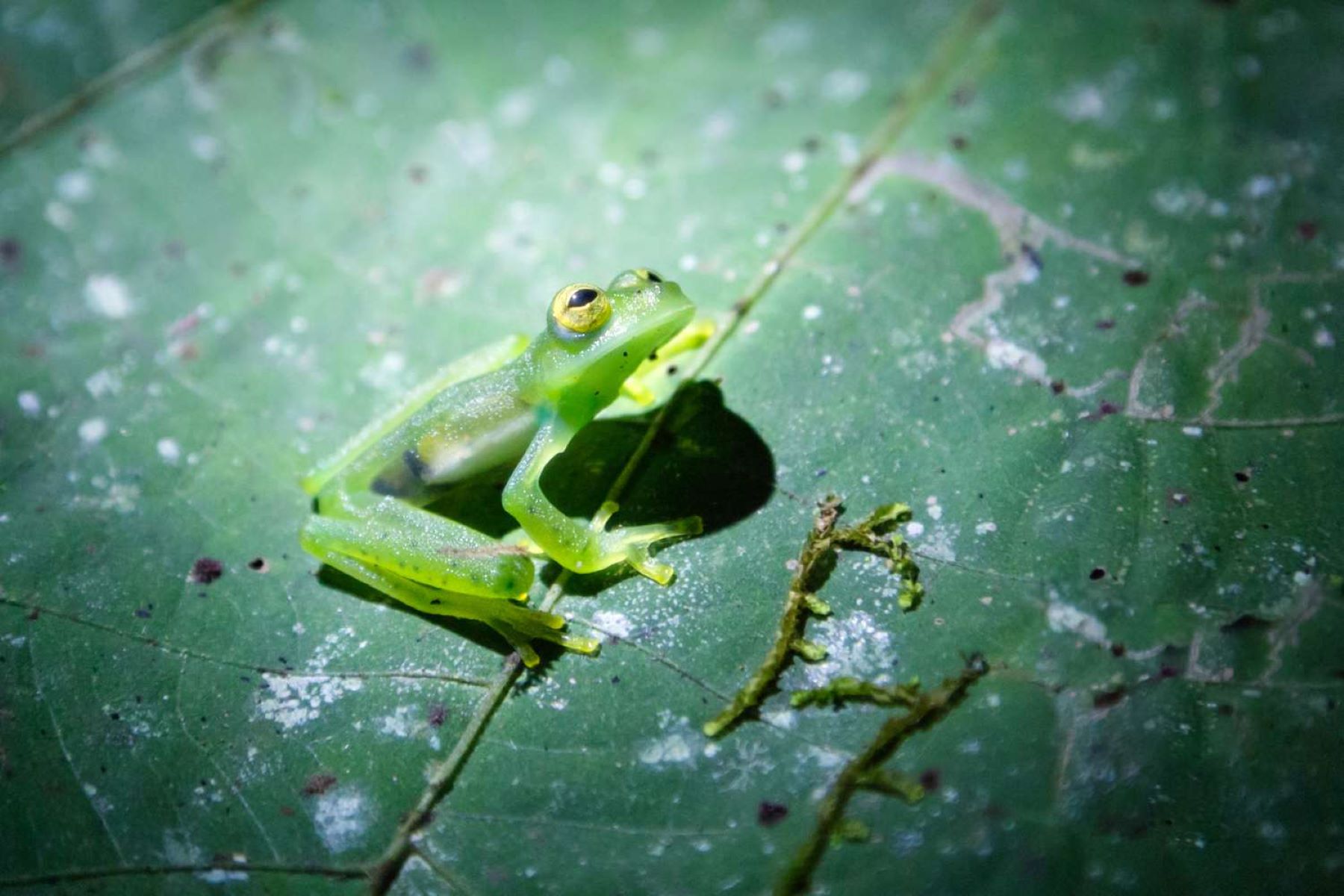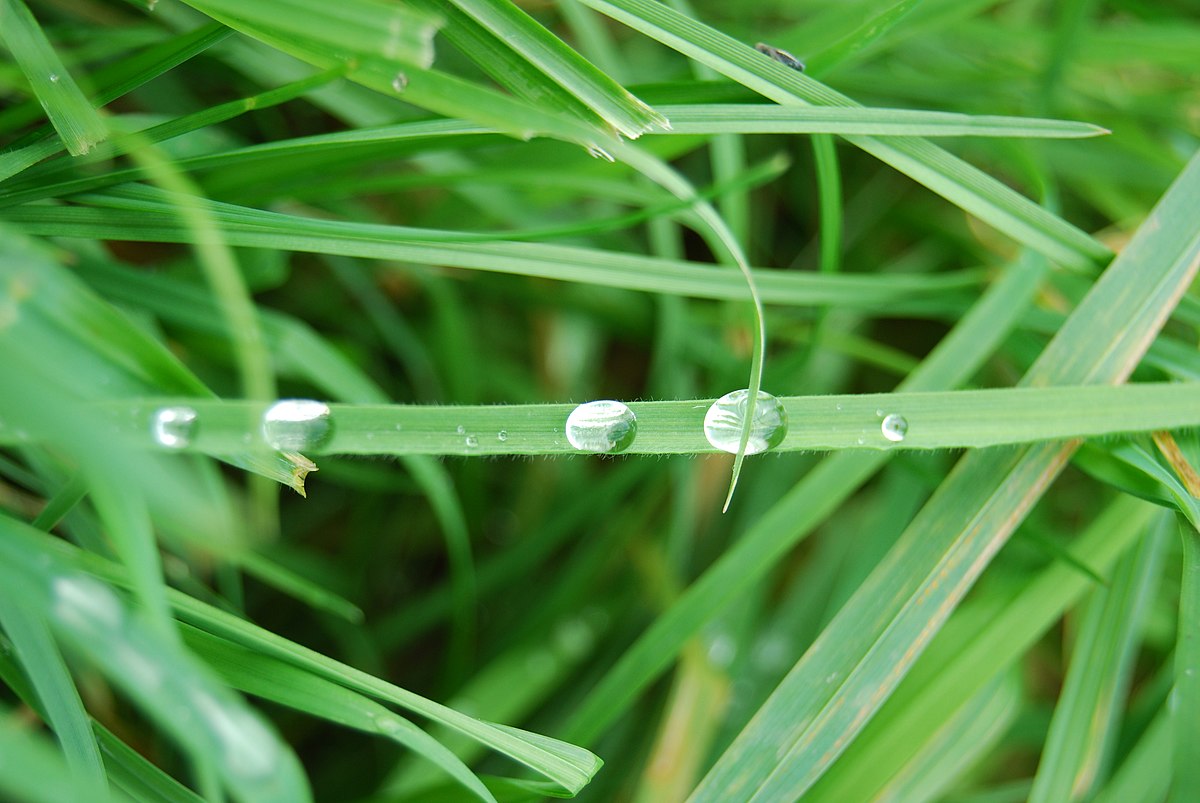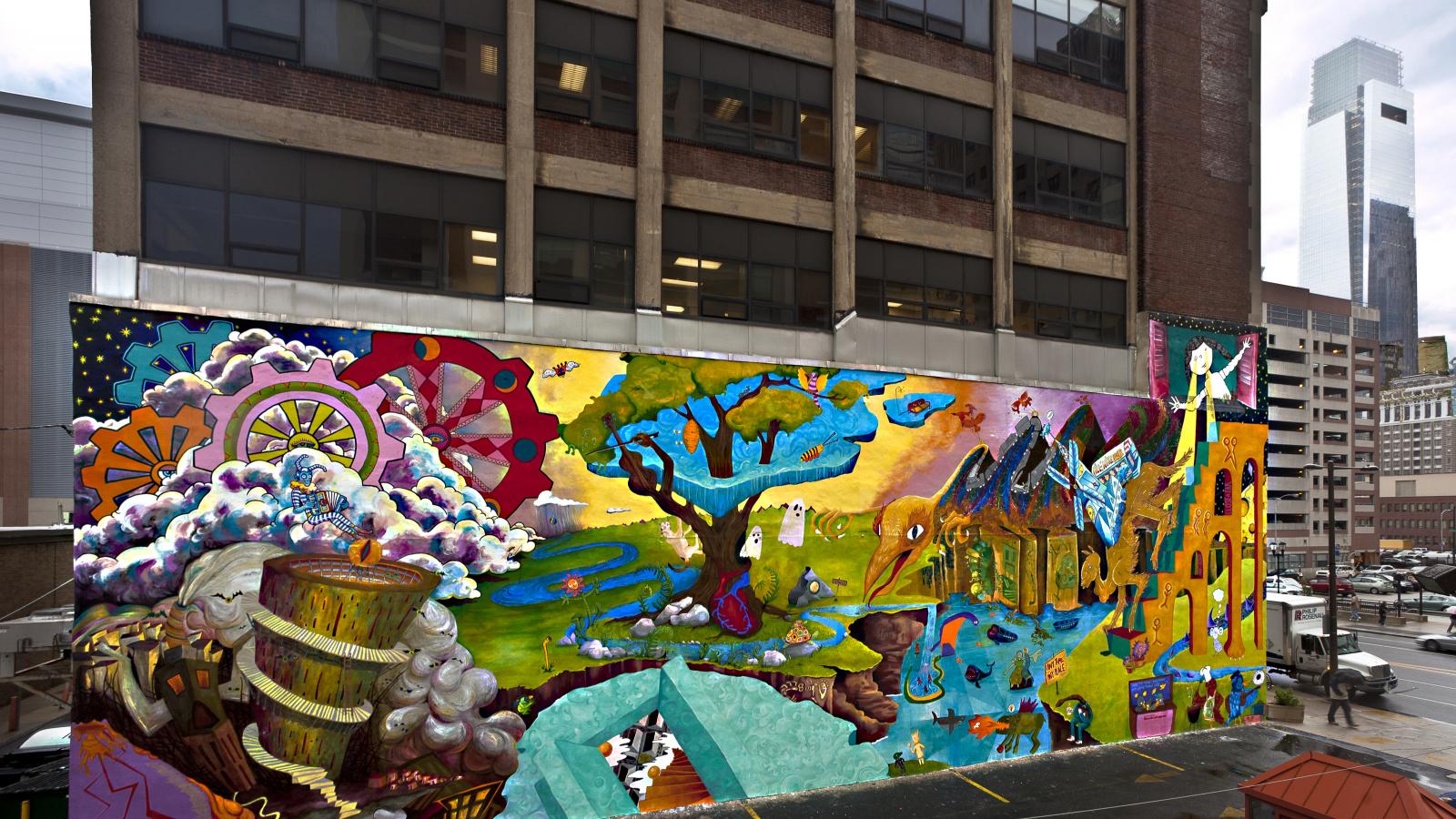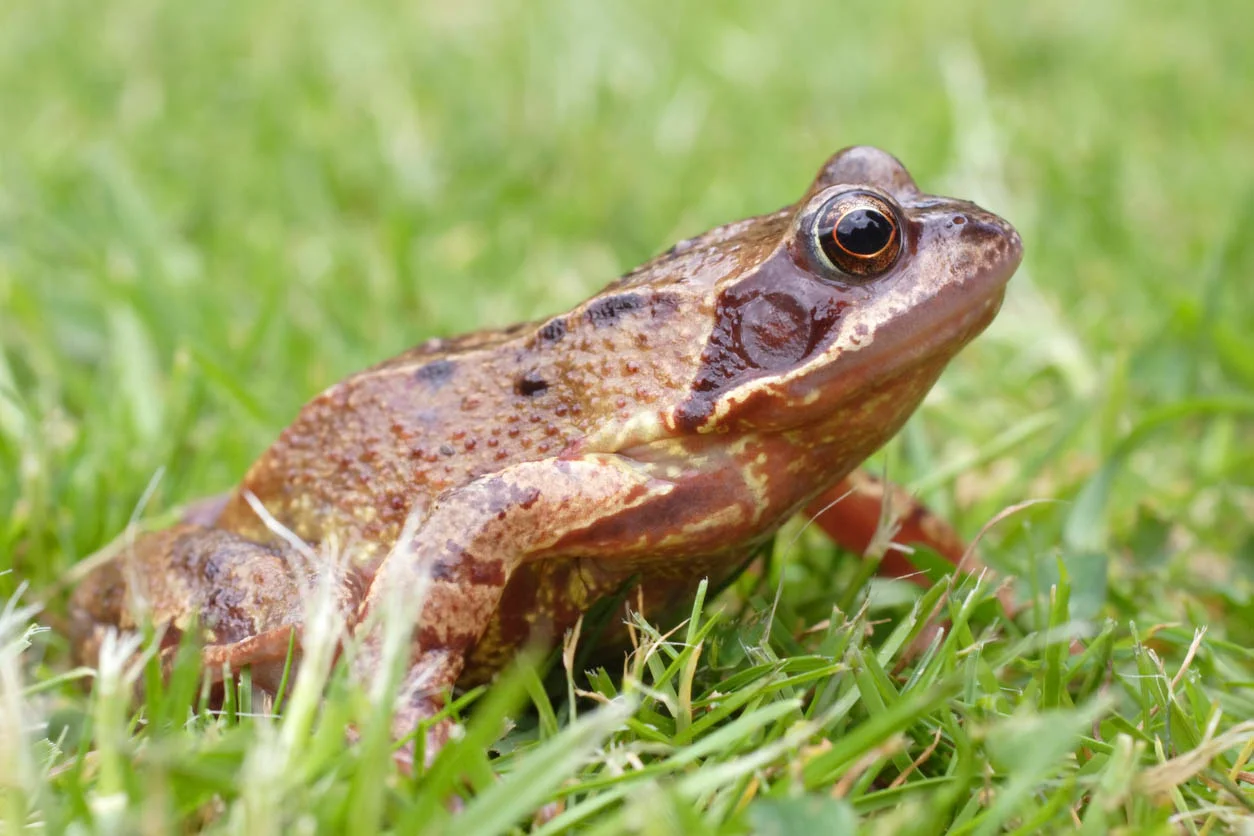Home>Furniture & Design>Interior Design Trends>How Many Glass Frogs Are Left In The World


Interior Design Trends
How Many Glass Frogs Are Left In The World
Published: February 8, 2024
Discover the latest interior design trends while learning about the conservation status of glass frogs. Find out how many of these unique amphibians are left in the world. Explore the intersection of nature and interior design.
(Many of the links in this article redirect to a specific reviewed product. Your purchase of these products through affiliate links helps to generate commission for Storables.com, at no extra cost. Learn more)
Introduction
Glass frogs, known for their translucent skin that allows their internal organs to be partially visible, are a fascinating and enchanting species that captivate the hearts of nature enthusiasts and researchers alike. These unique amphibians belong to the Centrolenidae family and are predominantly found in the rainforests of Central and South America. Their ethereal appearance and delicate nature have earned them the endearing nickname "glass frogs," making them a subject of intrigue and wonder in the realm of biodiversity.
The glass frog's distinct physical characteristics, including their lime-green skin and transparent underbelly, make them a sight to behold in their natural habitat. Their translucent skin not only sets them apart from other frog species but also serves as a natural defense mechanism, allowing them to blend seamlessly into the lush foliage of their rainforest homes. This remarkable adaptation has piqued the curiosity of scientists and nature enthusiasts, driving a deeper interest in understanding and preserving these mesmerizing creatures.
Beyond their physical allure, glass frogs play a vital role in the delicate balance of their ecosystems. As indicator species, they serve as a barometer for the overall health of their habitats. Their presence, or absence, can provide valuable insights into the environmental conditions and the impact of human activities on these biodiverse regions. Therefore, the conservation of glass frogs is not only crucial for their survival but also for the preservation of the entire ecosystem they inhabit.
The enchanting allure of glass frogs, coupled with their ecological significance, underscores the importance of understanding their current status and the challenges they face in the wild. By delving into their habitat, distribution, threats, conservation efforts, and population status, we can gain a comprehensive understanding of the plight of these mesmerizing amphibians and the urgent need to protect their existence for generations to come.
Key Takeaways:
- Glass frogs, with their see-through skin, are enchanting creatures found in Central and South American rainforests. They’re vital for their habitats and face threats like habitat loss and wildlife trafficking.
- Conservation efforts, including protected areas and community engagement, are crucial to saving glass frogs from extinction. Their population is declining, but dedicated people are working to protect them for future generations.
Habitat and Distribution
Glass frogs are primarily found in the tropical rainforests of Central and South America, where their ethereal presence adds a touch of enchantment to the lush greenery. These captivating amphibians thrive in the verdant canopies and along the banks of pristine streams and rivers, where the symphony of nature's melodies reverberates through the dense foliage. Their preferred habitats include montane cloud forests, lowland forests, and tropical rainforests, where the humid and temperate conditions provide an ideal environment for their survival.
The distribution of glass frogs spans across countries such as Costa Rica, Panama, Nicaragua, Ecuador, Colombia, Venezuela, and parts of the Amazon rainforest in Brazil. Each region offers a unique tapestry of flora and fauna, providing diverse ecosystems for these enchanting creatures to inhabit. The intricate network of rivers and streams in these regions serves as vital lifelines for glass frogs, offering both sustenance and a breeding ground for their future generations.
Within their habitat, glass frogs display a remarkable affinity for riparian zones, where the convergence of land and water creates a thriving ecosystem. These amphibians are often found perched on the underside of leaves, overlooking the glistening water below. This strategic positioning not only offers them protection from predators but also facilitates their characteristic breeding behavior. The proximity to water sources is essential for their reproductive cycle, as the male glass frogs serenade potential mates with melodious calls, echoing through the verdant corridors of their rainforest abode.
The intricate relationship between glass frogs and their habitat underscores the delicate balance that sustains their existence. However, the pristine ecosystems that these amphibians call home are increasingly threatened by deforestation, habitat fragmentation, and human encroachment. As a result, the once-vast territories that nurtured these mesmerizing creatures are dwindling, posing a grave risk to their survival.
Understanding the intricate interplay between the habitat and distribution of glass frogs is crucial for formulating effective conservation strategies. By safeguarding their natural habitats and preserving the delicate ecosystems they rely on, we can strive to ensure that the enchanting presence of glass frogs continues to grace the rainforests of Central and South America for generations to come.
Threats to Glass Frogs
The mesmerizing world of glass frogs is besieged by a myriad of threats that jeopardize their very existence. These enchanting amphibians, with their translucent skin and delicate demeanor, face a perilous landscape fraught with challenges that imperil their survival.
One of the most pressing threats to glass frogs is habitat loss due to deforestation and human encroachment. The relentless expansion of agricultural activities, urban development, and infrastructure projects has led to the widespread destruction of their natural habitats. The once-pristine rainforests, which provided a sanctuary for these ethereal creatures, are rapidly diminishing, leaving them vulnerable to the perils of an increasingly fragmented landscape.
Furthermore, the degradation of water quality in their habitats poses a significant threat to glass frogs. Pollution from agricultural runoff, mining activities, and human settlements has resulted in the contamination of the pristine streams and rivers that are vital to the survival of these amphibians. The deterioration of water quality not only disrupts their delicate ecosystem but also poses a direct threat to their reproductive success and overall well-being.
In addition to habitat loss and water pollution, climate change casts a looming shadow over the fragile world of glass frogs. The escalating impacts of climate change, including extreme weather events, shifts in precipitation patterns, and rising temperatures, pose unprecedented challenges to these amphibians. The delicate balance of their ecosystems is disrupted, leaving them vulnerable to the perils of a rapidly changing environment.
The insidious threat of wildlife trafficking further compounds the challenges faced by glass frogs. These captivating creatures, coveted for their unique appearance, are subjected to illegal trade, further exacerbating their dwindling populations in the wild. The illicit demand for glass frogs in the pet trade and the exotic animal market poses a grave threat to their survival, driving them perilously close to the brink of extinction.
The cumulative impact of these threats underscores the urgent need for concerted conservation efforts to safeguard the future of glass frogs. By addressing the complex interplay of habitat loss, water pollution, climate change, and wildlife trafficking, we can strive to create a sustainable future for these enchanting amphibians. It is imperative that we act decisively to mitigate these threats and ensure that the mesmerizing presence of glass frogs continues to grace the rainforests of Central and South America for generations to come.
Glass frogs are threatened by habitat loss and climate change. To help protect them, support conservation efforts and avoid buying wild-caught glass frogs as pets.
Conservation Efforts
Efforts to conserve glass frogs have garnered momentum as conservationists, researchers, and local communities unite in a collective endeavor to safeguard these enchanting amphibians. The multifaceted approach to conservation encompasses a range of initiatives aimed at addressing the complex challenges that threaten the existence of glass frogs in their natural habitats.
One of the pivotal conservation efforts revolves around the establishment and management of protected areas and reserves. These designated sanctuaries serve as vital refuges for glass frogs, offering a haven where they can thrive without the looming specter of habitat destruction and human encroachment. By safeguarding these pristine ecosystems, conservationists aim to preserve the intricate web of life that sustains glass frogs and countless other species.
Furthermore, community-based conservation initiatives play a pivotal role in engaging local communities in the protection of glass frogs and their habitats. Empowering indigenous communities and fostering sustainable livelihoods that harmonize with the conservation of natural resources is instrumental in nurturing a shared commitment to preserving the delicate ecosystems that glass frogs call home. Through education, outreach programs, and collaborative partnerships, these initiatives foster a sense of stewardship and reverence for the natural world, instilling a collective responsibility to protect the irreplaceable biodiversity of the rainforests.
In addition to on-the-ground conservation efforts, scientific research and monitoring programs provide invaluable insights into the ecology and behavior of glass frogs. By studying their habitat requirements, breeding behaviors, and population dynamics, researchers can inform targeted conservation strategies that address the specific needs of these captivating amphibians. Moreover, the integration of cutting-edge technologies, such as remote sensing and acoustic monitoring, enhances our ability to track changes in their habitats and assess the efficacy of conservation interventions.
The conservation of glass frogs also hinges on international collaboration and advocacy to combat wildlife trafficking and illegal trade. Strengthening legislation, enhancing enforcement measures, and raising awareness about the perils of wildlife trafficking are essential components of the global effort to protect glass frogs from exploitation. By fostering international cooperation and amplifying the voices of conservation advocates, we can strive to curtail the illicit trade that threatens the survival of these mesmerizing creatures.
The comprehensive approach to conservation efforts underscores the collective determination to secure a future for glass frogs in the wild. By embracing a holistic strategy that encompasses habitat protection, community engagement, scientific research, and global advocacy, we can aspire to ensure that the ethereal presence of glass frogs continues to enchant and inspire generations to come.
Current Population Status
The current population status of glass frogs presents a sobering narrative that underscores the urgent need for concerted conservation efforts to secure their future in the wild. The delicate balance of their ecosystems, coupled with the myriad threats they face, has precipitated a decline in their populations across their native habitats in Central and South America.
While precise population estimates for glass frogs are challenging to ascertain due to their elusive nature and the vast expanse of their rainforest habitats, there is mounting evidence pointing to a concerning decline in their numbers. The encroachment of human activities, including deforestation, habitat fragmentation, and pollution, has exacted a heavy toll on the once-thriving populations of these enchanting amphibians.
The insidious impact of wildlife trafficking further exacerbates the precarious population status of glass frogs. The illicit trade in these captivating creatures has further diminished their numbers in the wild, fueling concerns about the long-term viability of their populations. The convergence of these multifaceted threats has cast a shadow over the once-vibrant realms where glass frogs thrived, underscoring the imperative to address the complex challenges that imperil their existence.
Despite the daunting challenges that confront glass frogs, there is a glimmer of hope emanating from the dedicated efforts of conservationists, researchers, and local communities. The collective commitment to preserving the delicate ecosystems that sustain glass frogs, coupled with the implementation of targeted conservation initiatives, offers a beacon of optimism amidst the prevailing concerns.
Scientific research and monitoring programs play a pivotal role in assessing the population status of glass frogs and informing evidence-based conservation strategies. By leveraging advanced techniques and methodologies, researchers can gain valuable insights into the distribution, abundance, and ecological requirements of these captivating amphibians, laying the groundwork for informed conservation interventions.
The current population status of glass frogs serves as a poignant reminder of the imperative to redouble our efforts in safeguarding their existence. Through unwavering dedication, collaborative partnerships, and a steadfast resolve to address the multifaceted threats they face, we can aspire to reverse the tide and ensure that the mesmerizing presence of glass frogs endures in the verdant rainforests of Central and South America.
The comprehensive understanding of the current population status of glass frogs serves as a catalyst for action, galvanizing a shared commitment to protect these enchanting amphibians and the ecosystems they inhabit. By embracing a unified approach that transcends borders and ideologies, we can strive to inscribe a hopeful chapter in the conservation narrative of glass frogs, ensuring that their ethereal presence continues to grace the rainforests for generations to come.
Read more: How To Use A Glass Flower Frog
Conclusion
In conclusion, the ethereal presence of glass frogs, with their translucent skin and delicate demeanor, embodies the enchanting allure of the rainforests of Central and South America. These captivating amphibians, with their unique ecological significance and mesmerizing beauty, stand as a testament to the intricate tapestry of life that thrives in the verdant canopies and along the glistening waterways of their habitats.
The journey through the habitat, distribution, threats, conservation efforts, and current population status of glass frogs unveils a narrative that intertwines the fragility of their existence with the resilience of the human spirit. The delicate balance of their ecosystems, imperiled by habitat loss, water pollution, climate change, and wildlife trafficking, underscores the urgent need for concerted conservation efforts to safeguard their future in the wild.
Amidst the myriad challenges that confront glass frogs, there emanates a beacon of hope kindled by the unwavering dedication of conservationists, researchers, and local communities. The multifaceted approach to conservation, encompassing protected areas, community engagement, scientific research, and global advocacy, underscores the collective determination to secure a future for these enchanting amphibians.
As we stand at the crossroads of conservation, the plight of glass frogs beckons us to embrace a shared responsibility to protect the delicate ecosystems that sustain their existence. By fostering a harmonious coexistence between humanity and nature, we can aspire to ensure that the mesmerizing presence of glass frogs continues to grace the rainforests for generations to come.
The conservation narrative of glass frogs is a testament to the indomitable spirit of resilience and the enduring power of collective action. It is a call to arms, summoning us to stand as stewards of the natural world, guardians of biodiversity, and champions of a future where the iridescent beauty of glass frogs illuminates the lush tapestries of the rainforests.
In the symphony of life that reverberates through the rainforests, let us pledge to preserve the enchanting presence of glass frogs as a legacy for posterity, a testament to our reverence for the wondrous diversity of life that adorns our planet. Together, let us inscribe a hopeful chapter in the conservation narrative of glass frogs, ensuring that their ethereal presence endures as a timeless ode to the resilience of life itself.
Frequently Asked Questions about How Many Glass Frogs Are Left In The World
Was this page helpful?
At Storables.com, we guarantee accurate and reliable information. Our content, validated by Expert Board Contributors, is crafted following stringent Editorial Policies. We're committed to providing you with well-researched, expert-backed insights for all your informational needs.















0 thoughts on “How Many Glass Frogs Are Left In The World”